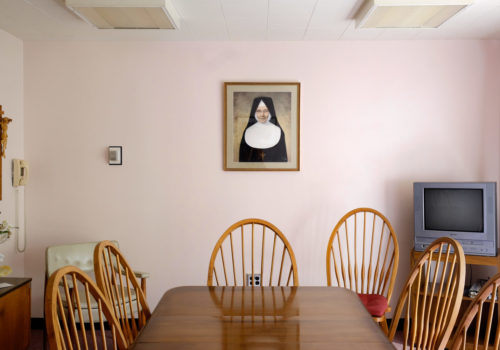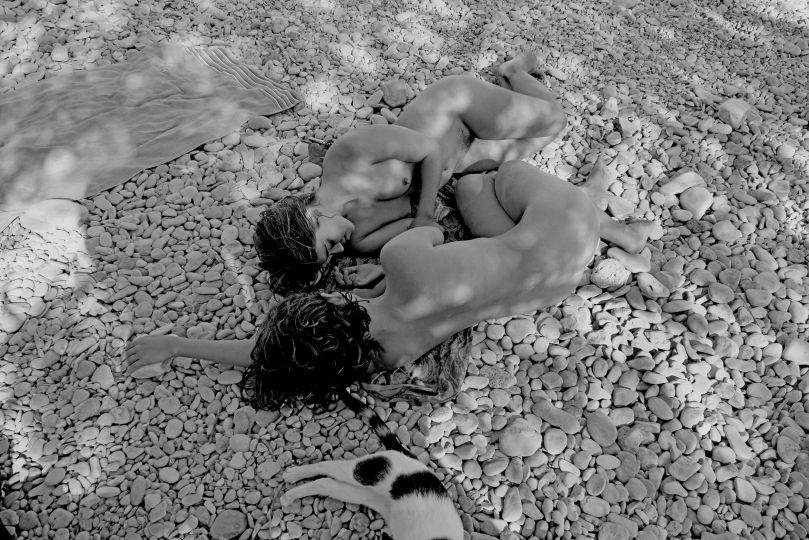In the summer of 2002, seven women were ordained priests by a Roman Catholic Archbishop, on a ship cruising the Danube River. Since Canon Law 1024 states that “only a baptized man can validly receive sacred ordination”, everybody involved in the “grave crime” was excommunicated, and the Vatican stressed that ordaining women is illecit and theologically impossible. These women, and many other catholics, believe is not.
“If an unjust law cannot be changed, must be broken.” Patricia Fresen
Shortly thereafter, three women were ordained bishops in great secrecy, so that they could carry on female ordinations in apostolic succession with Jesus Christ and without any help by the Vatican. Today, the Roman Catholic Women Priests movement counts over 150 ordained women priests and 10 bishops worldwide, and the number keeps growing. In the United States only, women priests are present in 32 states and work in over 60 intentional communities.
These women are mature, have theological degrees and years of experience working in churches, schools, parishes and dioceses. Many have been sisters during their whole life. They can trace the roots of their movement in the aftermath of the Church reform in the 60s, they find inspiration in the life of saints that have challenged the hierarchy with their mysticism, their prophecies, their vision and their revolutionary message.
In 2008 the Congregation for the Doctrine of the Faith (Rome) issued an order of excommunication for the crime of attempting sacred ordination of a woman. The decrete is automatic absolute and universal.
For a woman priest excommunication means losing money, support, housing, and their network. It means not being able to receive the sacraments in the communities they helped form, and not being buried in the same cemetery as their family. To undertake this path of disobedience means intentionally deciding to carry the cross in their life. Why would they choose to go through this?
“We are not leaving the Church, we are leading the Church.” Mary Bridget Meehan
Angela Bonavoglia: “If you forbid a woman to represent the divine, if she cannot have power, if you have an institution controlling women most intimate decisions: those positions have an influence on the way women are treated in the world and they also are devastating to women in their souls”.
Their message is not simply about the ordination of women: the movement wants a newly renovated Church.
They often refer to the Second Vatican Council that deeply reformed Catholic communities, and the philosophical discourses of Feminist and Liberation Theology fighting against classism, racism and sexism.
They work in solidarity with the poor, exploited, and marginalized for structural and transformative justice in partnership with believers of all faiths.
They speak of justice and freedom, what it means to be prophets today, what is worth believing and what are we willing to pay for it.
I was shown a model of world where if there is no justice for the smallest and the weakest, then there’s no justice at all.
In an age when religion has become embarrassing and sometimes synonymous with fanaticism, can we renew it?
To me those women are a symbol. They are showing us the primacy of our conscience and how to renew our own tradition.
















